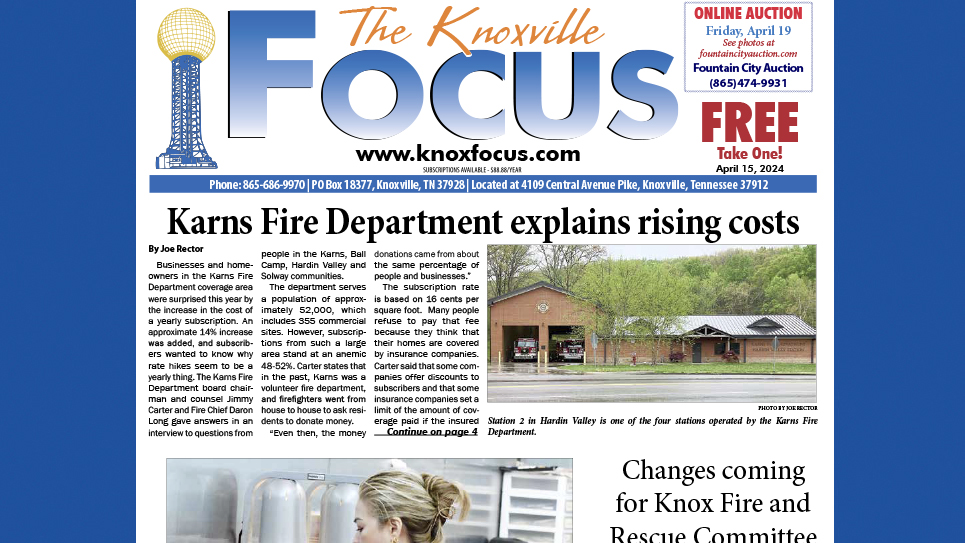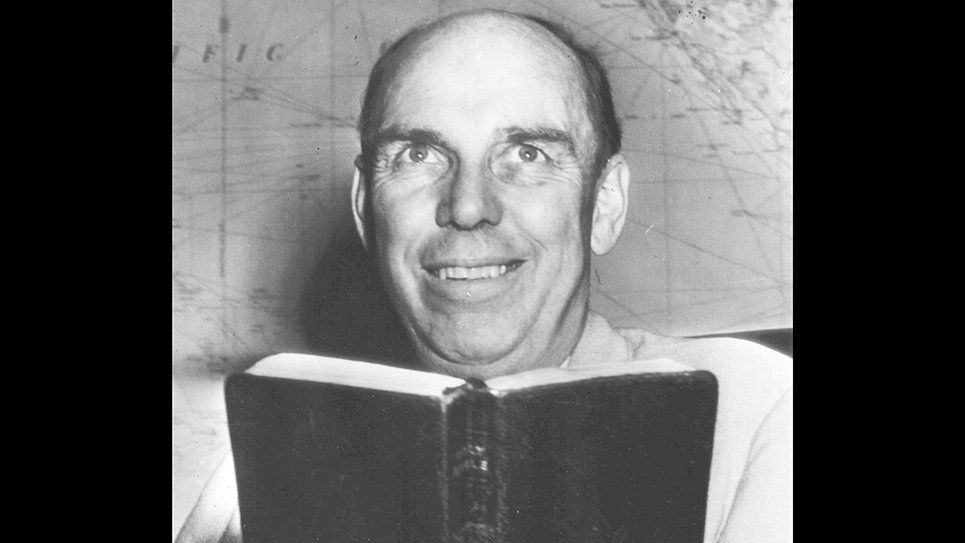At this time of my life I’ve learned to ask, “Why?” when confronted by issues or perspectives. This is certainly true of politics, but applies in medicine as well. Our word politics comes from the Greek term polis or city-state. The great statesman, Pericles, of ancient Athens said that the business of the polis is the responsibility of all its citizens. Apathy was unacceptable. These days when I hear our politicians speak, I challenge myself to think beyond what they’re saying. I find that asking why comes closer to the truth.
My patient complained of low back pain. Most of us have lived long enough to have suffered, at least temporarily, with this common malady of humanity. Perhaps animals suffer similarly because my daughter can no longer ride her horse due to a malady of its withers, the upper part of the thoracic spine. I once read that back ache is the price we humans pay for our upright stance. Anthropologists have even posited that standing on our “hind legs” freed our hands for more dexterous work. This aided the development of our forebrain and subsequent rational thought.
Low back pain is more often a significant aggravation than a serious disorder. Not everyone needs an MRI or surgery for a “catch” in their back. However, a back strain can be very painful and sometimes the back muscles cramp-up just like a calf muscle with a charley horse. In those situations a muscle relaxant along with other standard treatment modalities like NSAIDs (non steroid anti-inflammatory drugs) can be helpful and sometimes worth the risk of extra side effects.
Last week I discussed the potent anti-inflammatory drug class of corticosteroids (prednisone, dexamethasone, and hydrocortisone). NSAIDs are not steroids, but have anti-inflammatory and pain relieving effects that result from a different mechanism of action. Examples of NSAIDs are aspirin, ibuprofen, naproxen and many others, but not Tylenol (acetaminophen). This agent relieves pain by still another mechanism, but does nothing for inflammation. I tell patients that if something is red, hot and swollen such as a twisted ankle, an NSAID works better than Tylenol. However, if something is just stiff and sore, Tylenol works just fine as long as you use enough of the medication. Tylenol’s major advantage is that it causes fewer side effects, unless you like to get liquored up every evening! Tylenol and alcohol don’t mix well in your liver, but then alcohol and NSAIDs don’t mix well in your stomach!
My patient’s symptoms had not responded to judicious amounts of ibuprofen and Tylenol by the time he struggled in to see me. Significant discomfort in the back or elsewhere that doesn’t respond to “tincture of time” and over-the counter remedies should be evaluated. As I searched for my patient’s diagnosis (the why) he assured me that he hadn’t fallen or twisted his back. Fortunately, his legs weren’t weak and his pain wasn’t like sciatica, a nerve root problem. I gave him a short course of prednisone after routine office X-rays showed no obvious cause for his malady. Unfortunately, his symptoms persisted and a week later – a month after his pain began – we decided to proceed with an MRI.
Many patients want an MRI as a first test. Dr. McCoy of Star Trek fame carried a universal diagnostic tool I’d love to have. He could point his “Tricorder” at an injured spot and then read the results and diagnosis on a screen after only a few moments. Unfortunately for my patients in the early 21st century this is not possible. Though MRIs are safe they are expensive, and some patients have claustrophobia or metal implants from past surgery that make it difficult or impossible to utilize this technology. I consider an MRI as a prelude to considering surgical treatment in patients who don’t respond to conservative management or who have neurologic dysfunction associated with their back pain.
Older folks often have osteoporosis and a simple fall can break hips or a back. Sometimes sore joints lessen the desire to struggle for mobility. As a result older folks develop weakness in their thighs (quadriceps and hamstrings), and getting up or down from a chair can result in a fall. In fact, doctors use the historical data of falling from less than one’s height as an indicator of osteoporosis-related fracture. My patient’s only strenuous activity was gardening and teeing up his golf ball at his weekly round with his buddies. Furthermore, all his lab work and bone density analysis were fine and the mystery continued.
The human spine contains thirty-three vertebrae including nine fused bones of the sacrum and coccyx or tail bone. The S-shaped spinal column functions like a shock absorber and encases the spinal cord protecting it from injury. Patients sometimes develop osteoporotic compression fractures of their spinal vertebrae that often results in pain and sometimes a “dowager’s hump” over a human’s equivalent of a horse’s withers.
I called my patient with the MRI results after I had discussed the findings with an endocrinologist, an orthopedist and a radiologist. We’ve all heard of runners who develop fractures in their feet from pounding the pavement. Who would have thought that a patient can develop the same problem in their sacrum from teeing up a golf ball?
Once upon a time, care was both a noun and a verb. Who will care enough to ask WHY and connect the dots in Obama’s future medical care system?






